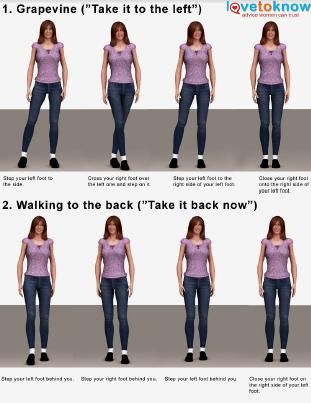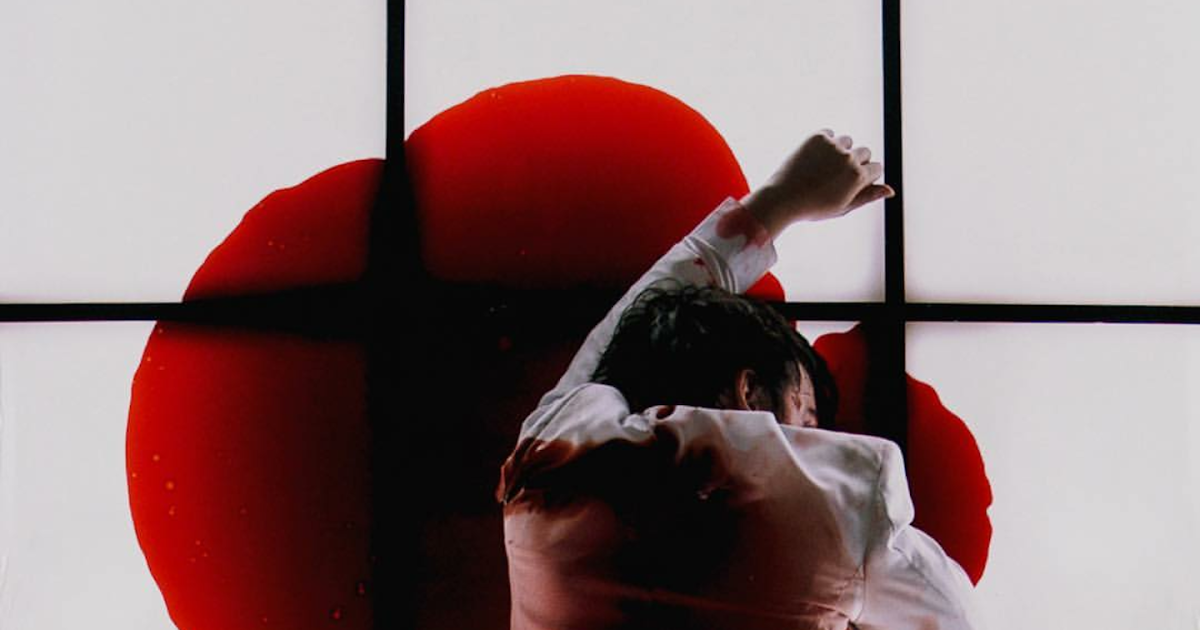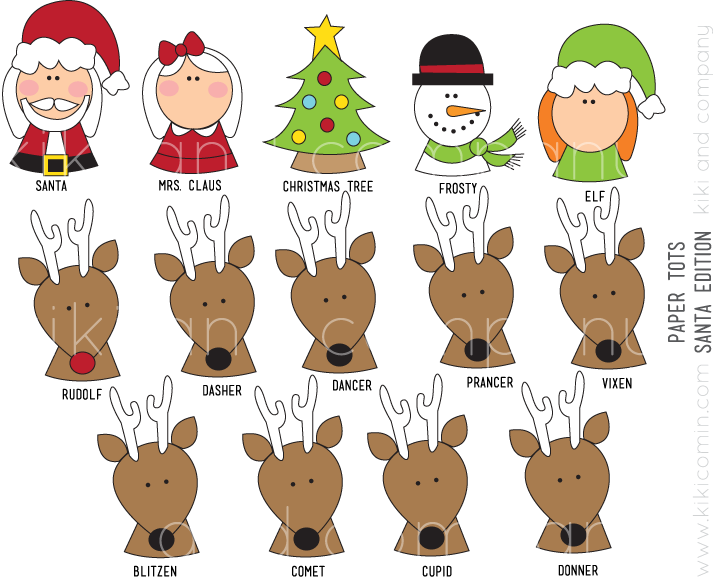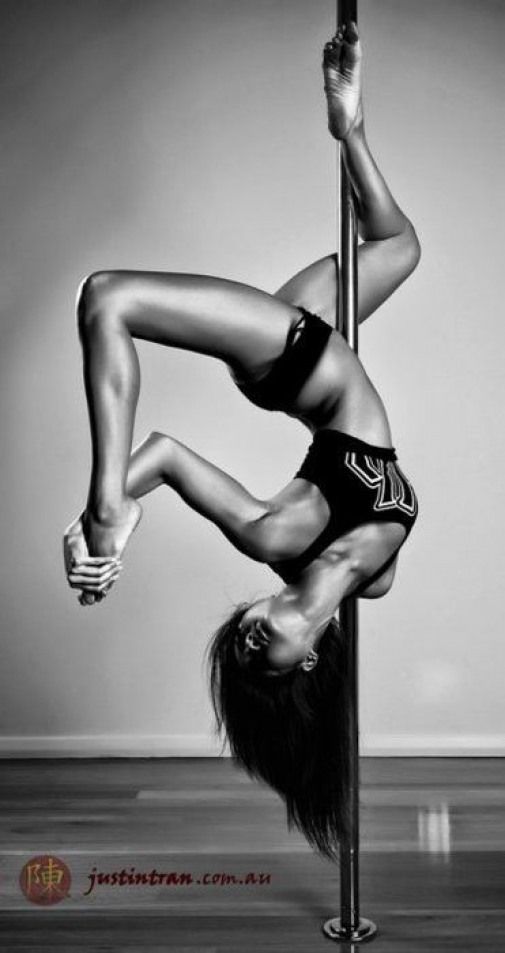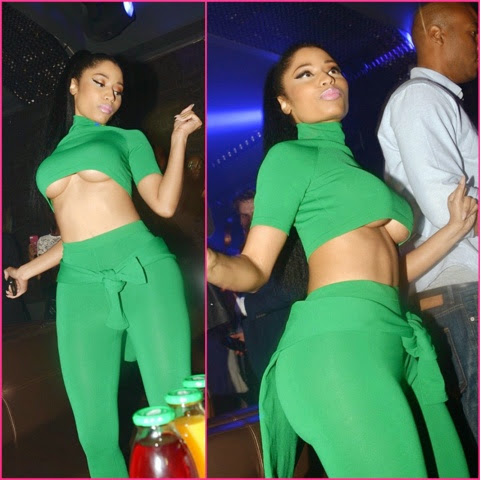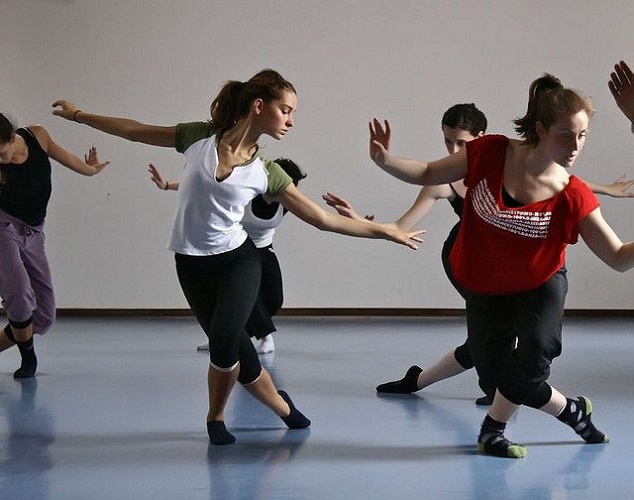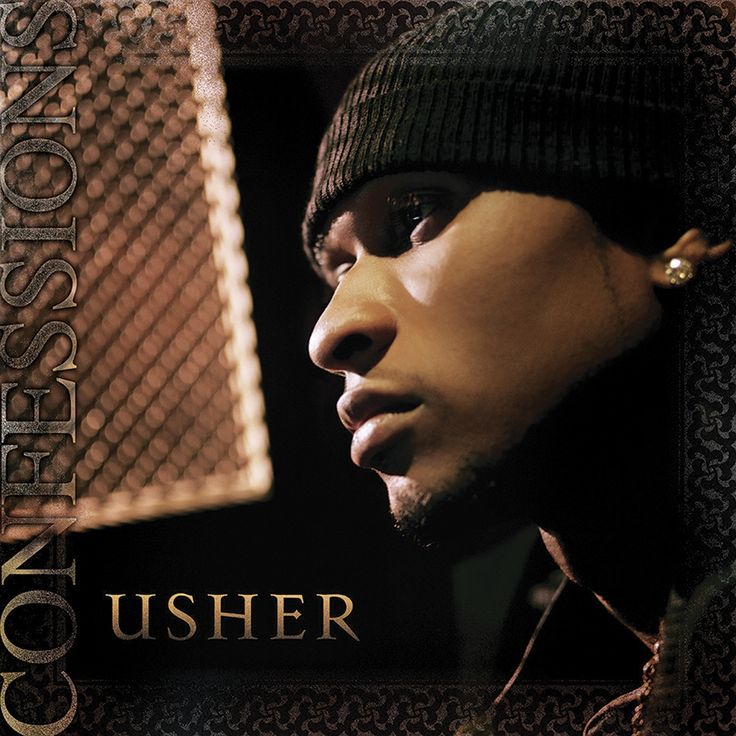How to do the stroll line dance
The Stroll Dance Mixer How To
Posted on by Holly Collins
The Fabulous fifties are a great period. From race cars to poodle skirts, this is a fun era. Films like “American Graffiti” and “Grease” paid tribute to the stroll dance mixer. After doing an “American Graffiti” photo shoot for the Historic Elitch Theatre, I thought I would share how to dance the stroll.
History of the Stroll
The stroll was reported in 1957 by Billboard as a new dance craze. That same year the Diamonds had a hit song named the “Stroll.” By 1958 the stroll was featured on a local TV show in Idaho as one of the biggest dance crazes from American Bandstand. From there It became the feature dance on the TV show “Soul Train.”
The Stroll Dance Mixer How To
The stroll begins with two lines of dancers, gentlemen on one side and ladies facing them. While in line they keep time with the basic stroll movement described below. When they get to the top of the line, facing partners will “stroll” to the bottom of the line improvising their favorite dance moves.
Stroll basic movement
Gentlemen
- Side left foot tap right foot 3 times, (Step left foot side, tap right foot in front, side, front. Count 1,2,3,4,)
- Side, cross behind right (Step side right foot, cross left foot behind right foot count 5,6)
- Side right foot tap left foot 3 times. (Step right foot side, tap left foot in front, side, in front Count 1,2,3,4,)
- Side cross behind left (side left foot, cross right foot behind left foot count 5,6)
- Repeat from the top until you are at the top of the line
- At the top of the line improvise your favorite moves down the line
- At the bottom get back in line and repeat the basic movement.

Ladies
- Side right foot tap left foot 3 times. (Step right foot side, tap left foot in front, side, in front Count 1,2,3,4,)
- Side cross behind left (side left foot, cross right foot behind left foot count 5,6)
- Side left foot tap right foot 3 times, (Step left foot side, tap right foot in front, side, front. Count 1,2,3,4,)
- Side, cross behind right (Step side right foot, cross left foot behind right foot count 5,6)
- Repeat from the top until you are at the top of the line
- At the top of the line improvise your favorite moves down the line
- At the bottom get back in line and repeat the basic movement.
Song:
“The Stroll” by the Diamonds.
Film Locations
We filmed in two locations. The dance demonstration was filmed in front of Local 46 on Tennyson street in Denver with the friends of Historic Elitch Theatre. Dancers included Tim Nikkel, Tawyna Studdard Sarah Mares Angelic O’Halloren, Collette Susman, Jessica Virgo, Craig & Holly Tomazin.
The dance demonstration was filmed in front of Local 46 on Tennyson street in Denver with the friends of Historic Elitch Theatre. Dancers included Tim Nikkel, Tawyna Studdard Sarah Mares Angelic O’Halloren, Collette Susman, Jessica Virgo, Craig & Holly Tomazin.
The dance tutorial was filmed in front of the historic Olinger Moore Howard Chapel on Tennyson street Denver. The narrator is Holly Tomazin, sporting her great aunt Nelle’s blue dress she wore as miss Trinidad in 1950. Holly is assisted by her handy husband, Craig.
Last of all is a photo from the American Graffiti shoot taken on the lawn of the Historic Elitch Theatre by Aaron Virgo. Featured in that photo were Michael Bliss, Tim Nikkel, Tawyna Studdard Jesse Lockwood, Amanda Blackwood, Sarah Mares, Ruiari Sussman, Jimmy & Angelic O’Halloren, Collette Susman, Jessica Virgo, George the poodle, Craig & Holly Tomazin.
Thank you to everyone for all you do.
Holly Collins
WEDDING DANCE instruction
DANCE LESSONS.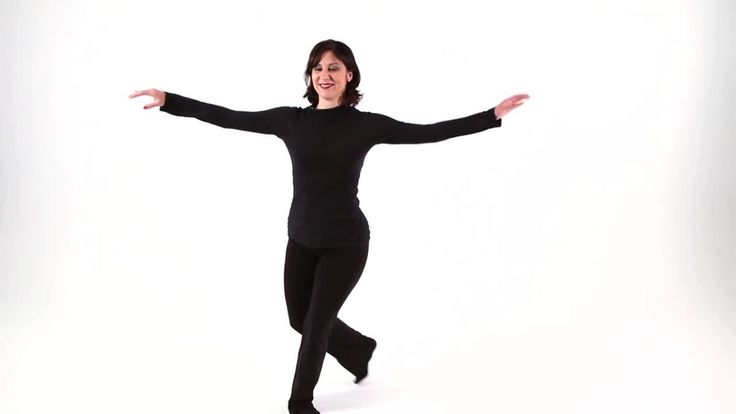
author of
Holly’s hot wedding tips,
Historically Accurate Princess Dances,
Winner of:
The Knot Hall of Fame best wedding dance instruction,
top 50 Dance Blogs
Champion Ballroom Dancer & Coach
owner of
Adventures in Dance
720-276-0562
[email protected]
www.adventuresindance.com
For dance tips,
join my email
References
http://www.vintageinn.ca/tag/the-stroll/
http://socialdance.stanford.edu/syllabi/teen_dances.htm
https://dance.lovetoknow.com/The_Stroll_50s_Dance
https://en.wikipedia.org/wiki/The_Stroll
1958 stroll mixer https://youtu.be/UrGLNtZ0rEg
Stroll 2 https://youtu.be/aEGMm0Dgsbs
This entry was posted in How to and tagged dance, How to, mixer, Stroll, The Stroll Dance Mixer How To. Bookmark the permalink.How to Do the Stroll Line Dance
Polka Dot Images/Polka Dot/Getty Images
By: Marjorie Gilbert Updated September 15, 2017
The Stroll first became popular in the 1950s and was introduced to a wide audience thanks to "American Bandstand. " According to Jitterbuzz.com, the Stroll was inspired by the hit song "C.C. Rider" and was created to give the guests on "American Bandstand" a chance to strut their stuff. Learn the Stroll line dance and have yourself a rollicking time.
" According to Jitterbuzz.com, the Stroll was inspired by the hit song "C.C. Rider" and was created to give the guests on "American Bandstand" a chance to strut their stuff. Learn the Stroll line dance and have yourself a rollicking time.
The Stroll: Leaders
Stand in a line down the middle of the room facing the followers standing across from you in another line about 24 inches away. Stand with your feet about a shoulders' width apart.
Pick up your right foot and put it down to the left of your left foot. Bring your left foot next to your right foot so that you again end up with your feet about a shoulders' width apart. Pick up your right foot again and put it down to the left of your left foot. Bring your left foot next to your right foot again.
Lift your left foot and move it just behind your right foot and then transfer your weight back onto your left foot. Pick up your right foot and place it to the right so that while your feet are about a shoulders' width apart, your left foot is still a little back from your right foot.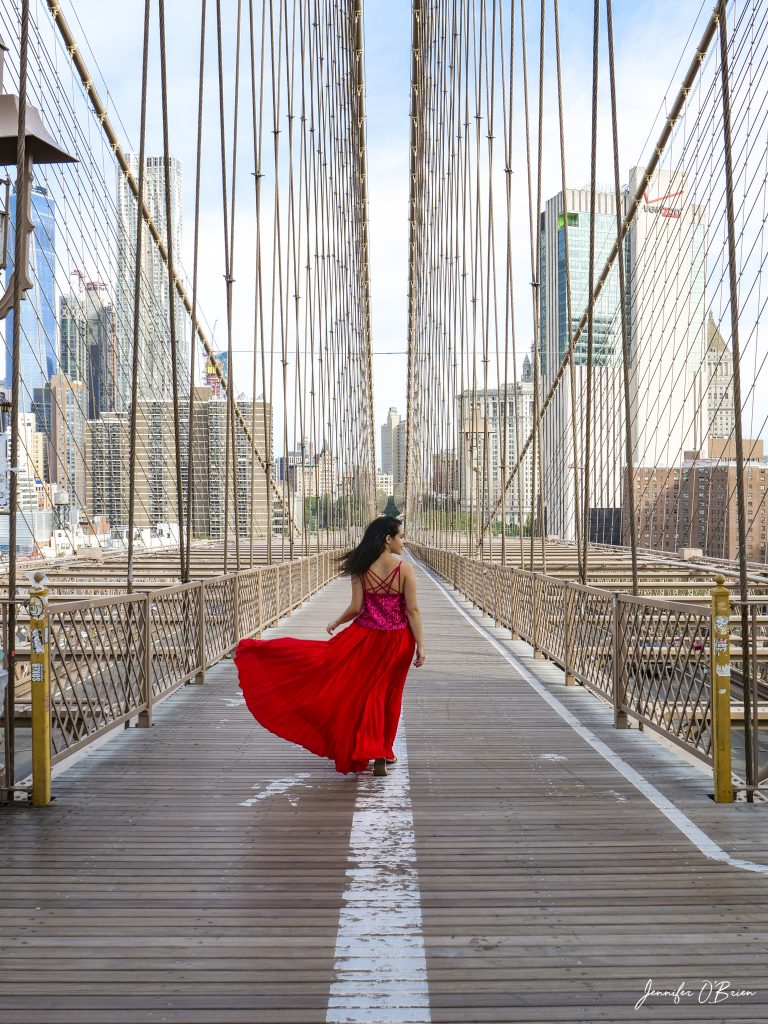 Pick up your left foot and put it down next to your right about a shoulders' width apart.
Pick up your left foot and put it down next to your right about a shoulders' width apart.
Repeat all the steps starting with Step 1, but begin with your left foot.
Add the improvisational section to the Stroll. If you are at the head of the line, go forward until you meet your partner in the middle. There you can grasp hands and do twirls and other steps, rather like a barn dance. End by looping the follower's right arm through your left arm and promenading to the foot of the line. When you reach the end, return to the leaders' line while the follower returns to the followers' line. Repeat Steps 1 through 5.
The Stroll: Followers
Stand in a line down the middle of the room facing the leaders standing across from you in another line about 24 inches away. Stand with your feet about a shoulders' width apart.
Pick up your left foot and put it down to the right of your right foot. Bring your right foot next to your left foot so that you again end up with your feet about a shoulders' width apart. Repeat the first part of this step by picking up your left foot and putting it down to the right of your right foot. Bring your right foot next to your left foot again.
Repeat the first part of this step by picking up your left foot and putting it down to the right of your right foot. Bring your right foot next to your left foot again.
Lift your right foot and move it just behind your left foot and then transfer your weight back onto your right foot. Pick up your left foot and place it to the left so that while your feet are about a shoulders' width apart, your right foot is still a little back from your left foot. Pick up your right foot and put it down next to your left, about a shoulders' width from that foot.
Repeat all the steps starting with Step 1, but begin with your right foot.
Add the improvisational section to the Stroll. If you are at the head of the line, go forward until you meet your partner in the middle. There you can grasp hands and do twirls and other steps, rather like a barn dance. End by looping your right arm through the leader's left arm and promenading to the foot of the line. When you reach the end, return to the followers' line while the leader returns to the leaders' line.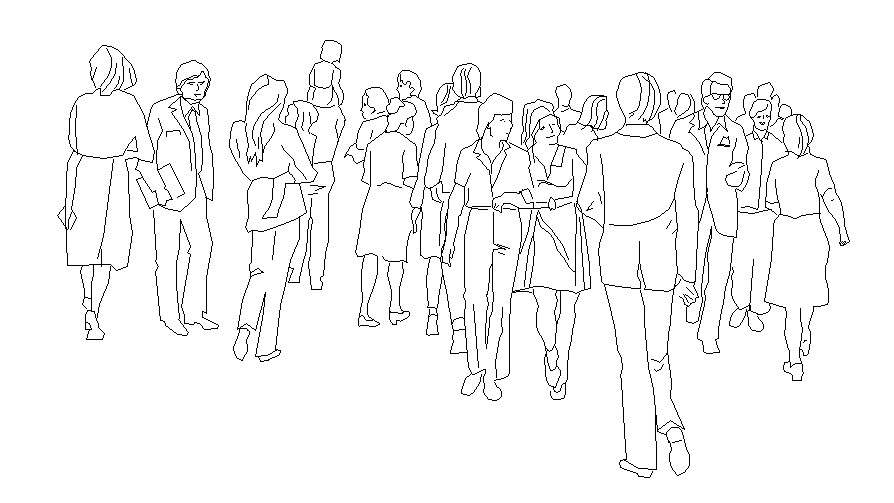 Repeat Steps 1 through 5.
Repeat Steps 1 through 5.
References
- Bright Hub: Doing the Stroll Line Dance for FUn and FItness
Writer Bio
Marjorie Gilbert is a freelance writer and published author. An avid researcher, Gilbert has created an Empire gown (circa 1795 to 1805) from scratch, including drafting the gown's patterns by hand.
Related Articles
Big walk
Pair dance for children 6-7 years old.
Dance is included in the Rhythm Program for the 1st grades of St. Petersburg secondary schools.
Dance of German origin. In German, the dance is called "GROßER SPAZIERGANG".
Music:
Time signature 4/4.
Basic dance elements:
- Dance step
- Triple flush
- Handclaps
- "Do-for-do" (dos-à-dos - back to back)
BRIEF DESCRIPTION OF THE DANCE
Description of the dance - Ivanova E.I., according to the records of the seminars of the City Methodological Association (GMO) of teachers of mass education of children in ballroom dancing and rhythm at the St. Petersburg City Palace of Youth Creativity (SPb GDTYu). Head of GMO - Kondratenko G.M.
Petersburg City Palace of Youth Creativity (SPb GDTYu). Head of GMO - Kondratenko G.M.
Dance composition takes 8 measures of musical accompaniment.
Starting position:
The dancers stand in pairs in a circle, facing along the line of dance: the girl is to the right of the boy.
Legs in 1 (natural) position.
Hands freely down, along the body. The boy holds the left hand of the girl with his right hand.
The boy starts with his left foot.
The girl starts with her right foot.
1-2 cycles. Count 1-2-3-4-5-6-7-8
1-2-3-4-5-6- Six steps forward, along the line of dance. (Boy on left foot, girl on right foot.)
7-8- Release joined hands. Turning to face each other (the boy - with his back to the center, the girl - facing the center), take a step-prefix to the side, along the line of dance. Boy - step left foot to the side, put the right foot. Girl - step with the right foot to the side, put the left foot.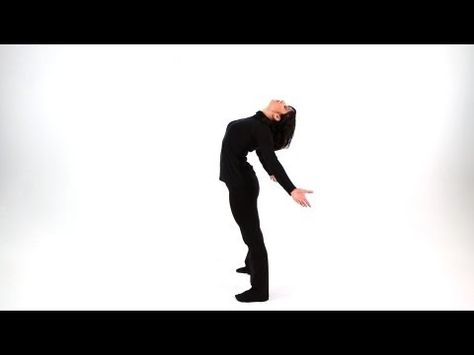
3 cycle. Count 1-2-3-4
Take three steps back and place your free leg on the supporting leg (transferring body weight to the attached leg).
The boy takes 3 steps back with his left foot, with his back to the center, and puts his right foot forward. Girl - 3 steps from the right leg back, with her back to the wall, and puts her left leg.
Hands freely down, along the body.
3 stroke. Score 5-I-6 7-I-8
5-I-6- Put your hands on your belt. Make a triple stomp with your feet.
Boy - left, right, left foot. Girl - right, left, right foot.
7-I-8- Clap your hands three times with your arms above your head.
5-6 cycles. Score 1-2-3-4-5-6-7-8
Partners perform "do-for-do" - bypass each other with their backs, clockwise. Moving forward, partners meet with their right shoulders, moving backward - with their left.
Go around the partner at seven steps and return to your place (the boy - with his back to the center, the girl - facing the center).
On the count of 8, place your free leg on the supporting leg.
Hands freely down, along the body.
7-8 strokes. Score 1-2-3-4-5-6-7-8
Raise the hands to the 2nd position, connect the hands - "by the fingers".
In this position, the partners make 8 dance steps, moving clockwise in a joint circle ("dance" in pairs), and return to their places. (The boy starts on the left foot, the girl on the right.)
At the end of bar 8, the boy's left hand and the girl's right hand are separated, the hands go down, along the body and the partners turn to face along the line of dance. (The boy's right hand and the girl's left hand remain connected.)
The dance composition is repeated.
Second option 7-8 cycles:
Partners perform a full circle with return to their places - in 6 steps (6 counts).
On the count of 7-8 the boy stands still.
7- The boy's right hand and the girl's left hand are separated. The connected left hand of the boy and the right hand of the girl rise up, and the girl, having taken a step with her right foot, turns on it to the right under the joined hands.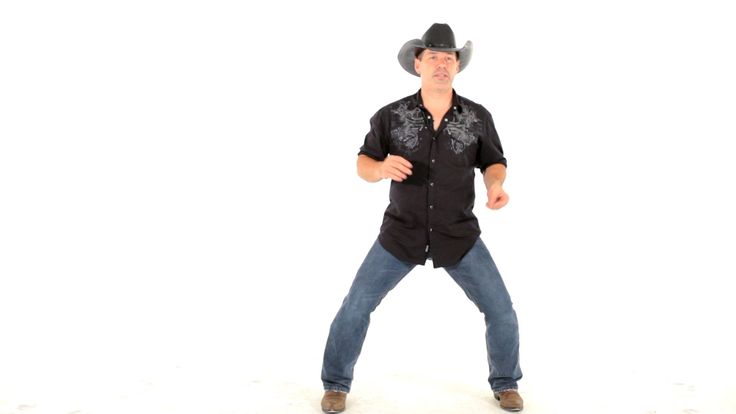
8- After turning, the girl brings her left foot to her right foot. The left hand of the boy and the right hand of the girl are separated. The partners turn to face along the line of dance, and the boy gives the girl his right hand. Hands go down along the body.
The dance composition is repeated.
Variation 7-8 bars with transition to a new partner:
After the figure "do-for-do", the partners turn half-turn (diagonally) to the left. The boy goes forward along the line of dance, and the girl - against the line of dance - to new partners. Having met with a new partner, the dancers join hands in 2 poses. and continue to move in a circle to the right ("round dance" in pairs) already in new pairs.
The transition to a new partner can also be done on the "before-for-before" figure.
The dance composition is repeated with a new partner.
Literature
- Methodical development of the State Duma. St. Petersburg, 2006
- Educational and methodological recommendations for the organization of work with the whole class in elementary school on rhythm, rhythmoplasty and ballroom dancing .
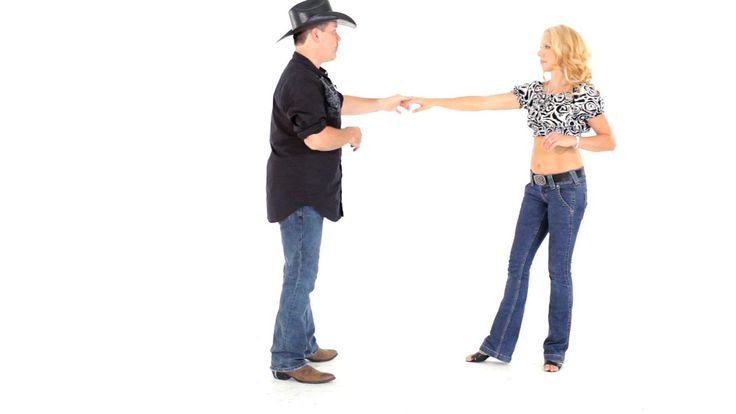 Shutikov Yu.N. St. Petersburg, 2006
Shutikov Yu.N. St. Petersburg, 2006 - " Rhythm at school, the third lesson of physical culture ". Teaching aid. J.E. Firileva, A.I. Ryabchikov, O.V. Zagryadskaya. Ed. Phoenix, Rostov-on-Don, 2014
Poems for children about the dance "Big Walk"
Walked, walked,
"To-for-do" we danced,
Three stomps, three claps -
How easy it is for us to "WALK"!
We circled and again
You and I went for a walk.
Video for the dance "Big Walk"
On the first two videos, the composition of the dance is explained by T.V. ZOLOTOVKHAYA, teacher of the choreography department of the Leningrad Regional College of Culture and Art. The recording was made at a seminar for ballroom dance teachers in 2012.
The first video recording of the full composition of the dance was made at the Nevsky Freckles-2008 Sports and National Dance Competition.
The second video recording of the dance composition was made at the City competition of dance groups under the program "Rhythmika" in 2010.
The big cake competition is open to everyone.
American Exhibition Poster 1896 years old
Cake-Walk or Cake-Walk is a popular dance born among blacks in the southern United States to emulate with irony the attitude of their masters going to balls. Appeared around 1850, it was imported to Europe around 1900 through the music hall.
Ragtime picked up the rhythm of the cake walk.
In the American South, slaves had rare moments of relaxation. On Sundays, they sometimes used the absence of teachers to bring to life what was left of their African traditions. These rare moments meant a lot to them. Sometimes conciliatory settlers would attend these gatherings and reward the best dancers with cake, hence the name "pie walk" ("pie walk") given to this type of syncopated dance in the form of a walk.
Claude Debussy composed in 1908 walk for Gollywogg cake for piano in his Children's Corner .![]() One of his Preludes , titled General Lavigne - Eccentric , is also "in the style and movement of a cake" (according to Debussy).
One of his Preludes , titled General Lavigne - Eccentric , is also "in the style and movement of a cake" (according to Debussy).
Georges Méliès made a film in 1903 called Hell's Cake Walk in which a group of dancers practice a "cake walk in hell" in .
Summary
- 1 story
- 2 Plantation Dance
- 2.1 Last Witnesses
- 2.2 Oral tradition
- 2.3 Other sources
- 3 Cake walk in the music hall, musicals and as a popular dance
- 4 Musical form
- 5 quotes
- 6 New time
- 7 sample songs
- 8 Famous artists (registered)
- 9 Bibliography
- 10 Filmography
- 11 Notes and references
- 12 See also
History
Cake-Walk or Cakewalk is a dance that originated on Florida plantations in the 1850s, in which slaves parodied the haughty gait of their white masters. Thereafter, real competitions at ( Prize Walks ) were organized in the late 19th - th centuries, and were usually held at meetings on plantations in the southern United States in the presence of the planters themselves. Various prizes were then presented to the champions, including a large cornmeal cake wrapped in a cabbage leaf called Hoecake . Then there are various names for this original dance form ( Chalkline Walk, walk). After presenting the original dance form at the 1876 Philadelphia World's Fair, the winning couple were presented with a huge cake. Subsequently, we could see this form of dance in the minstrel show, but until 1890 it was performed exclusively by men. Then the permission of women for the cast made possible all sorts of improvisations of this "march", which turned into a caricatured dance. which became very popular all over the country.
Thereafter, real competitions at ( Prize Walks ) were organized in the late 19th - th centuries, and were usually held at meetings on plantations in the southern United States in the presence of the planters themselves. Various prizes were then presented to the champions, including a large cornmeal cake wrapped in a cabbage leaf called Hoecake . Then there are various names for this original dance form ( Chalkline Walk, walk). After presenting the original dance form at the 1876 Philadelphia World's Fair, the winning couple were presented with a huge cake. Subsequently, we could see this form of dance in the minstrel show, but until 1890 it was performed exclusively by men. Then the permission of women for the cast made possible all sorts of improvisations of this "march", which turned into a caricatured dance. which became very popular all over the country.
Plantation Dance
The authors of Jazz Dance: A History of American Folk Dance report that a 1950s experiment with African participants resulted in dances , unworthy Africans, ending up in Cakewalk.
Last Witnesses
In the 1981 article "Cakewalk: A Study Between Stereotype and Reality," Brooke Baldwin cites "an almost exhaustive collection of witnesses that have been found to date. » This collection consists of the testimonies of former slaves in Virginia and Georgia recorded in 1930s by WPA researchers, as well as secondhand from other sources. Baldwin notes that when WPA Federal Writers' Project researchers interviewed ex-slaves in the 1930s, there was no longer any talk of withholding information about the happy times in a slave's life.
Louise Jones: “Music, violins, banjo, harp and more. You have never seen such a dance before. The slaves turned the stream into towers and made Keykuluk most of the night. Georgia Baker said she sang the song when she was a kid0171 Walk Light Ladies, From Cake's All Dough . She laughed and added, “We don't know when we sang this to our kids that our parents danced the Cakewalk on it. »
Estella Jones: “Dancing on the walk during slavery was fun. They were great at sweeping the track and setting up benches for the party. Banjos were used to create music. The women wore long dresses with frills and hoops; the men wore top hats, a tailcoat jacket, and some of them used large drumsticks. The best couple received a prize. Sometimes the slave owners came to these parties because they liked to watch people dance and decide which one of them was the best dancer. Most of these celebrations during the days of slavery took place on Saturday nights during work. But winter was almost every night.
They were great at sweeping the track and setting up benches for the party. Banjos were used to create music. The women wore long dresses with frills and hoops; the men wore top hats, a tailcoat jacket, and some of them used large drumsticks. The best couple received a prize. Sometimes the slave owners came to these parties because they liked to watch people dance and decide which one of them was the best dancer. Most of these celebrations during the days of slavery took place on Saturday nights during work. But winter was almost every night.
Oral tradition
A South Carolina man named Griffin, a violinist who performed for the White Dances as well as his people's annual Cakewalks, reports that in 1960 a story told by his nanny in 1901 was repeated by an actor in 1980s Lee Whipple: “We slaves watched the White parties where the guests danced the minuet, then they marched in a big step, ladies and gentlemen walked in different directions, and then met again, hand in hand at the bottom, and walked to the center tracks. together. Then we did this to each other, but usually laughed at them at every turn. Sometimes white people noticed it, but they seemed to enjoy it; I guess they thought we couldn't dance better."
together. Then we did this to each other, but usually laughed at them at every turn. Sometimes white people noticed it, but they seemed to enjoy it; I guess they thought we couldn't dance better."
Former ragtime performer Shepard Edmonds recalled in 1950 a memory given to him by his parents in Tennessee: “The cake walk was originally a plantation dance, just a joyous move that they played to the music of the banjo because they couldn't stand still. Usually on Sundays when there was little work, both young and old slaves dressed up in old race/parade costumes. They portrayed a caricature of white manners in the "big house", but the owners, who had gathered to look at them, did not understand. It is believed that the master gives the cake to the couple who have made the proudest move. Baldwin concludes that Cakewalk was "a satire of the rival culture of the so-called 'higher' whites. The masters could rule out any threat by treating it as a mere spectacle, existing only for their own amusement. ”
”
Tom Fletcher, born in 1873, speaking from 1888, wrote in 1954 that when he was a child, his grandparents told him about the chalk line/Cakewalk, but they didn't know when it started. Fletcher's mother was born on a plantation and raised in Ohio. Fletcher's grandfather told him, “Your grandmother and I won all the prizes and we went from plantation to plantation. This dance became a big fad, required skill and good nerves... The Plantation is where shows like yours started." Fletcher adds that the dance was called " walk along chalk lines" and that "there was no caricature here, it was a straight walk along a path, each alternating , and along which the dancers walked with a bucket of water dancers on their heads. The couple that was most direct and spilled the least or no water at all was the winner.” He describes these moments as "flaring up with the whimsical steps of the eccentric and intelligent dancer Charlie Johnson" and became known as Cake Walk .
Charles E. Johnson alias Cakewalk King brings back his grandmother's walking dance memories from the old days. White guests arrived in horse-drawn carriages to watch their paired slaves perform a walking dance that was "as elegant and poised as Mozart's minuet" but spiced with "an exaggerated grace that was sometimes comical. Johnson reports that "The rhythmic and rhythmic march was usually played by violin, drum and horn. A tall, very sweet coconut cake was the prize for the winning couple. The Easy Walk was still a popular dance among the common people after the Civil War."
Other sources
In 1912, Ethel Lucy Urlin wrote in texts of the book Dances, Ancient and Modern "that the pie walk originated in Florida, where blacks borrowed the idea of fighting dances from the Seminoles ... Negroes were present as spectators at these dances. which consisted of wild and merry jumping and whirling, interspersed with slow processions in which the dancers walked solemnly in pairs.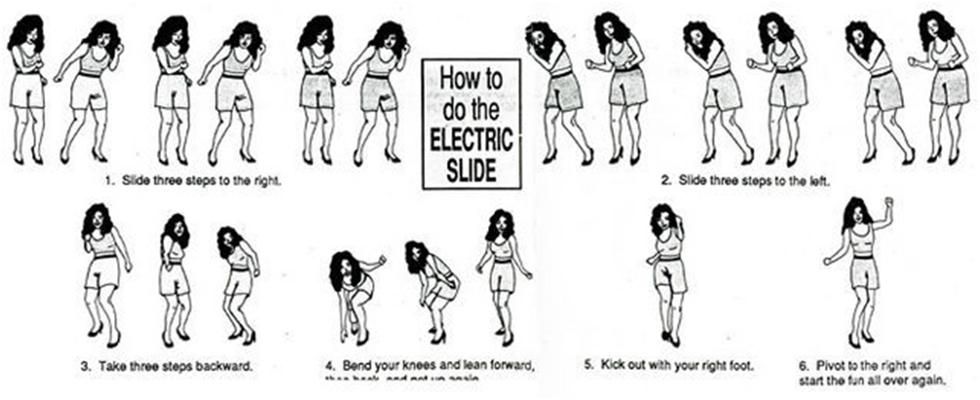 The idea grew, and blacks practice walking as art "
The idea grew, and blacks practice walking as art "
The book Encyclopedia of Social Dance echoes this connection with the Seminoles who claim that "a class of dance and proper walking arose among the Negroes" in the 1880s. As Florida became a winter resort, the dance became more effective. targeted and spread to Georgia, the Carolinas, Virginia, and finally New York.
Cake-walk in the music hall, musicals and as a popular dance
During Philadelphia's 1876 centenary celebrations, black folk singers were chosen to perform "chalk line walk," "chalk line walk," a dance once practiced on the plantations. As Fletcher notes, this performance was done in original mode . In 1877, performers Edward Harrigan and Tony Hart presented a version of it at the Broadway Comedy Theater in New York. Subsequently, the dance was introduced in music hall performances performed exclusively by men until about 1890.
In the show Creole (1889), Dora Dean and her husband Charles E.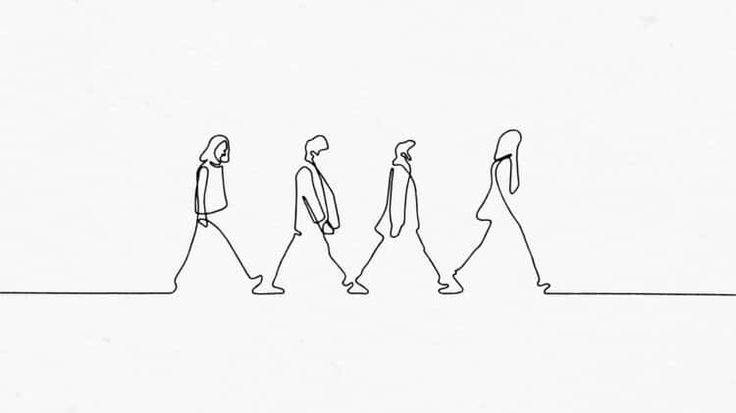 Johnson made this dance their specialty, enjoying it as partners. From 1889 to 1897 this show was given countless times in Boston and New York, especially at the old "Standard Theatre" in Greeley Square; it was one of the first performances to do away with black makeup. The production had a black cast with sixteen girls, while the presence of female dancers on stage was relatively new. The participation of women in this show made possible all sorts of improvisations on the march, and the original dance soon developed into a grotesque dance that became very popular in the United States.
Johnson made this dance their specialty, enjoying it as partners. From 1889 to 1897 this show was given countless times in Boston and New York, especially at the old "Standard Theatre" in Greeley Square; it was one of the first performances to do away with black makeup. The production had a black cast with sixteen girls, while the presence of female dancers on stage was relatively new. The participation of women in this show made possible all sorts of improvisations on the march, and the original dance soon developed into a grotesque dance that became very popular in the United States.
On February 17, 1892, Madison Square Garden, New York's largest trading floor, hosted a great "cake walk".
In 1897, The Illustrated London News published an article on a popular dance in Ashtabula, Ohio. This text was written by an English traveler who said that the expression "take the cake" ( take the cake ) used to be a mystery to her, but she realized this when a long procession of couples passed shortly before the end of the ball. formed. The group gracefully circled the room three times under the critical gaze of a dozen older people who finally chose the best couple and seriously handed them a large plum pie.
formed. The group gracefully circled the room three times under the critical gaze of a dozen older people who finally chose the best couple and seriously handed them a large plum pie.
In July 1898, the musical Clorindy: The Origin of the Sweet Walk began at Broadway in New York, with ragtime music by Will Marion Cooke. Black dancers mixed with white actors are a prime example of racial integration in the New York scene. Cook reports that when the last note was sounded, the audience stood up and applauded for at least ten minutes.
Charles E. Johnson and his wife Dora Jean achieved great fame in the United States and in Europe. He described this type of dance as "simple, dignified and well dressed".
Smooth and creative, Cake-Walk was highly formalized compared to later dances such as the Charleston, Black Bottom and Lindy Hop.
Musical form
Most cake walk music is rated in 2/4 (meter with two alternating heavy beats per bar, giving an oump rhythm.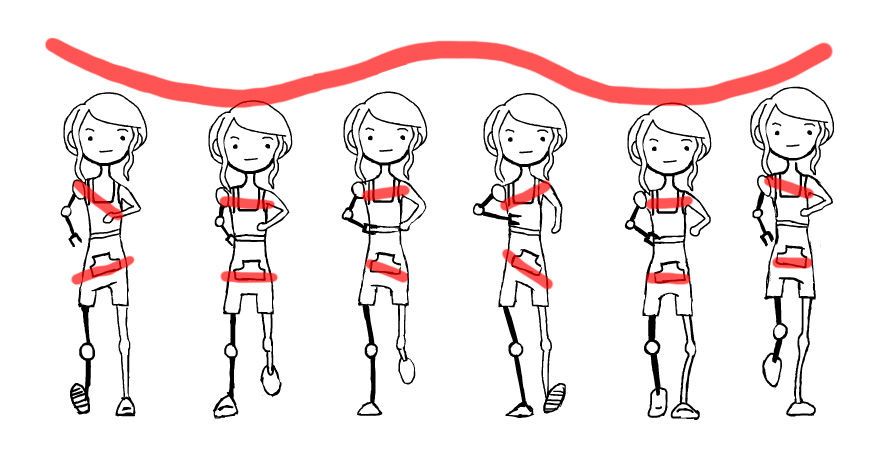 The music has been adopted by various white composers including Robert Russell Bennett, John Philip Sousa and Claude Debussy, as well as the Creole composer Louis Moreau Gottschalk Debussy wrote " A Pie Walk" by Gollywogg , the final movement of his piano suite Children's Corner (published 1908).
The music has been adopted by various white composers including Robert Russell Bennett, John Philip Sousa and Claude Debussy, as well as the Creole composer Louis Moreau Gottschalk Debussy wrote " A Pie Walk" by Gollywogg , the final movement of his piano suite Children's Corner (published 1908).
The Cake Walk was adapted and modified in two steps, spurred by the popularity of walks, in particular by John Philip Sousa.
Basic Rhythm Habanera .
Cake walk music included polyrhythm, syncopation and juba in a steady walking rhythm. Schuller believes that rhythmic swoon and juba swoon were "an idiomatic distortion, a flattened mutation of what was once the true polyrhythmic character of African music. However, the figure known as the habanera is one of the main hollows of cellular rhythmic pulses in African musical traditions from sub-Saharan Africa. "Habanera Rhythm" is found in the oldest known traditional womb music from Ghana, Togo and Dahomey, to name just one ethnic group. It can be heard in traditional drum music from Mali to Mozambique and from Senegal to South Africa. Rhythmic figures are also important in popular African dance genres such as Afrobeat, highlife, and soukous. Although its binary impulse structure is identical to common meter time based in Europe, the attack point pattern of the habanera rhythm has a true polyrhythmic African character, or more accurately, a crossed rhythmic character.
It can be heard in traditional drum music from Mali to Mozambique and from Senegal to South Africa. Rhythmic figures are also important in popular African dance genres such as Afrobeat, highlife, and soukous. Although its binary impulse structure is identical to common meter time based in Europe, the attack point pattern of the habanera rhythm has a true polyrhythmic African character, or more accurately, a crossed rhythmic character.
Quotation marks
James Weldon Johnson, born in 1871, watched a party at a ball in his novel The Autobiography of a Former Colored Man .
“However, it was at one of these balls that I saw a cake walk. There was a competition for a gold watch to be awarded to the hotel's butler in order to receive the most votes. There were few dances during the counting of votes. The floor was then cleared for the cake walk. Half a dozen customers from several hotels take their places on the stage to act as judges, and twelve or fourteen couples went for a fairly safe, ornate cake, which was the obvious evidence.
Spectators rushed to the place reserved for the participants, and watched them with interest and excitement. Couples walked not in circles, but in a square with men inside. It is best to consider the support of the men, the precision with which they turned the corners, the grace of the women, and the ease with which they turned around the axes. The men walked with a majestic and soldierly gait, and the women pretty gracefully. The judges reached their decision by elimination. The music and the walk continued for several minutes; then both were arrested while the judges were deliberating; when the march resumed, several couples were left behind. Thus, the competition was reduced to three or four couples. Then the excitement becomes intense; There was a lot of guerrilla applause as this or that couple performed the turn in a very elegant style. When the cake was finally handed out, the audience was roughly evenly divided between those who applauded the winners and those who whispered about the injustice of the judges.
It was a cake walk in its original form, and it was this that the painters of color on the stage developed into the prancing movements now known throughout the world, and which some Parisian critics have declared to be the culmination of the poetic movement. "
- James Weldon Johnson, The Autobiography of a Former Colored Person , 1912, chapter 5, pp. 50
Modern Times
The American English term cakewalk was used as early as 1863 for something very simple or easy , although this metaphor may refer to the carnival game of the same name, when the fact that the winners of the latter receive their prize is implied. nothing more than going in circles. While dancing itself is physically demanding, it is generally considered a fun and entertaining activity. The phrase "takes the pie" also comes from this practice, as does "a piece of pie".
A version of the cake is sometimes taught as part of a competition within the Highland dance community inspired by the culture of Scotland, especially in the southern United States.
The version of the fun party seen in vintage early 1900s video clips is kept alive in the Lindy Hop community through Hot Shots and Cakewalk classes held in conjunction with Lindy Hop classes and workshops.
Judy Garland throws a fun party at MGM musical 1944 years old Missouri Song .
Sample Songs
- At the Georgia Camp Meeting (1897) Kerry Mills
- Eli Green Cake Walk (1898) Sadie Koninski
- Bouquet of Blackberries (1898), Abe Holtzmann
- Smokey Mokes (1899) Abe Holtzman
- Coon Gang Contest (1899) Arthur Pryor
- Sky Walk Cake (1899) Benjamin Robertson Harney
- Swipesy Cakewalk (1900) by Scott Joplin
- Whisling Rufus (1902) by Dan W. Quinn
- Doing Something (1903) Scott Joplin and Scott Hayden
- Le Vrai Cake-Walk (1906) by Léon Decken
- Golliwog Cake Walk (1908) by Claude Debussy
- Alabama Skedaddle (1910) William Ditcham
Notable artists (registered)
- Wess Ossman ( Banjo )
- Fred Van Eps ( Banjo )
- John Philip Souza and his band ( brass band )
- Victor Minstrel ( vocals )
- Victor Military Band ( Brass Band )
- Prince's Orchestra ( Brass Band )
- Orchestra of the Society of Europe ( brass band )
- Arthur Pryors Band ( Brass Band )
- Arthur Collins & Byron G.
 Harlan ( Vocal )
Harlan ( Vocal )
Bibliography
- (en) Ethel Lucy Urlin, Dances, ancient and modern , New York Press , 254 pp. (read online)
- (in) Brooke Baldwin, " Easy Walk: A Study of Stereotypes and Reality", Journal of Social History , Oxford University Press, Vol. 15, P O 2 , pp. 205–218 (ISSN 0022-4529, DOI 10.
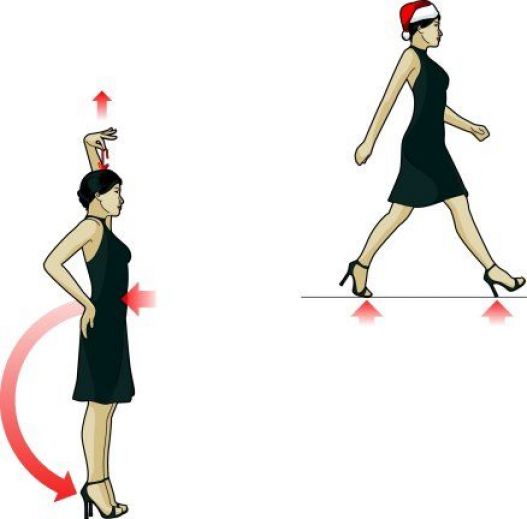 1353 / JSH / 15.2.205, JSTOR 3787107) 9079) 9079)
1353 / JSH / 15.2.205, JSTOR 3787107) 9079) 9079) - (RU) Tom Fletcher, hundred years of blacks in show business , DA Capo Press, ( 1 - E , 1954), 350 pp. pp. 0-306-76219-6 )
- (en) Marshall Winslow Stearns and Jean Stearns, Jazz Dance: A History of American Folk Dance , New York, Da Capo Press,
- (en) Jacqui Malone, Stepping into the Blues : Visible Rhythms of African American Dance , University of Illinois Press, , 272 pp.
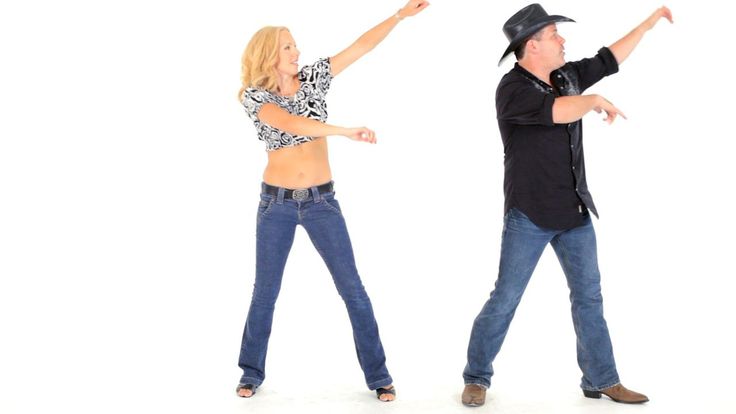 (ISBN 0-252-02211-4)
(ISBN 0-252-02211-4) - (en) Lynn Foley Emery, Black Dance in the United States from 1619 to 1970 , California, National Press Books, (ISBN 0-87484-203-4)
- (en) " Cakewalk King ", Ebony , vol. 8,
- (en) Elijah Wald, How the Beatles Destroyed Rock and Roll: An Alternative History of American Popular Music Oxford
- (en) Albert Balter and Josephine Balter, Encyclopedia of Social Dance , New York, Albert Balter Ballroom Dancing Service,
- (en) Bernard L.
 Peterson, The Age of Musicals in Black and White: An Encyclopedia of African American Musical Stage Works, About or Involved , Westport, CT/London, Greenwood Publishing Group, . 529 p. (ISBN 0-313-26657-3 and 978-0-313-26657-7, read online)
Peterson, The Age of Musicals in Black and White: An Encyclopedia of African American Musical Stage Works, About or Involved , Westport, CT/London, Greenwood Publishing Group, . 529 p. (ISBN 0-313-26657-3 and 978-0-313-26657-7, read online) - (en) Lynn Abbott and Doug Seroff, Out of Sight: The Rise of African American Popular Music, 1889-1895 , Univ. Mississippi Press 510 p. (ISBN 1-60473-039-0 and 9781604730395 read online)
- Gerard Noiriel, Chocolate. The Real Story of the Man with No Name, Bayard, 2016. Description and brief explanations of the pastry craze in Paris in the early twentieth century.
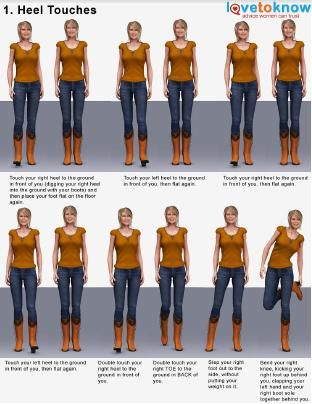
Filmography
- Georges Méliès - Infernal Walk with Cakes - 1903
- Louis Lumiere - Walk with Cakes in the Circus Moderne - 1902
- Washington Library of Congress Website - 1903 Cake Walk Video
Notes and links
- (fr) This article is partially or entirely taken from the English Wikipedia article titled "Cakewalk" (see list of authors) .
- ↑ "" M.Faure, About Doll Cake walk Debussy "" on musique.histoire.free.fr (accessed at 1 - m August 2020)
- ↑ a b c and d Fletcher 1984, pp. 103.
- ↑ Stearns and Stearns 1994, pp.
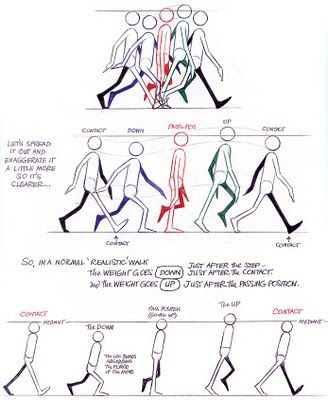 11–13
11–13 - ↑ Baldwin 1981, pp. 209
- ↑ a and b Baldwin 1981, pp. 207
- ↑ Baldwin 1981, pp. 207 and 208
- ↑ a b c and d Baldwin 1981, pp. 208
- ↑ Baldwin 1981
- ↑ a and b Fletcher 1984, pp. 5
- ↑ Fletcher 1984, pp. 108
- ↑ Fletcher 1984, pp. 19
- ↑ Malone 1996, pp.
 19
19 - ↑ Fletcher 1984, p. 41
- ↑ Emery 19Bulter and Bulter 1975, pp. 309
- ↑ Baldwin 1981, pp. 212
- ↑ Peterson 1993, pp. 92
- ↑ Stearns and Stearns 1994, pp. 118
- ↑ Abbott and Seroff 2009, pp. 205 and 206
- ↑ Giles Oakley, The Devil's Music: A Blues Story , Da Capo Press, 1997, pp. 31.
 (ISBN 0-306-80743-2 and 978-0-306-80743-5)
(ISBN 0-306-80743-2 and 978-0-306-80743-5) - ↑ African American dance
- ↑ " Black Broadway Site " (Archive • Wikiwix • Archive.is • Google • What to do?) (Accessed May 19, 2011)
- ↑ Will Marion Cook, Clorindy, origin of Cakewalk (1944), Will Marion Cook, Clorindy, origin of Cakewalk (1944). Printed in Performing Arts (September 1947) pp 61-65
- ↑ " online excerpt from book " (Archive • Wikiwix • Archive.is • Google • What to do?) (Accessed May 19, 2011)
- ↑ Cakewalk King 1953, pp. 106
- ↑ Scott Joplin, the man behind "Ragtime" by James Haskins with Kathleen Benson 1978, Doubleday and Company, p. 74 (ISBN 0-385-11155-X)
- ↑ The Revised Smithsonian Classic Jazz Collection , Smithsonian Press Institution, 1987, p.
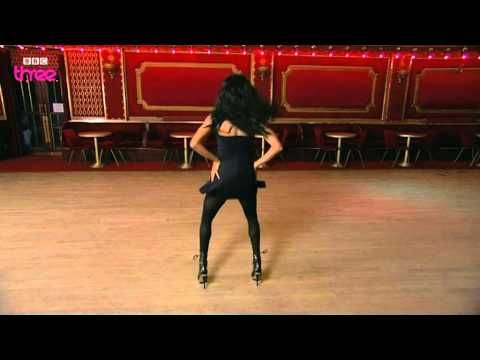 14-15 .
14-15 . - ↑ Richard Crawford, Introduction to the Music of America , New York, WW Norton & Co.,
- ↑ Stearns and Stearns 1994, pp. 11
- ↑ Helio Orovio, Diccionario de la Música Cubana , 1981, p. 237, Havana, edited by Letras Cubanas. (ISBN 959-10-0048-0)
- ↑ Baldwin 1981, pp. 210
- ↑ " Cakewalks - Early Syncope ", (accessed May 19, 2011)
- ↑ Schuller, Günther (1968). Early Jazz - Its Roots and Musical Development (Oxford University Press), pp.
